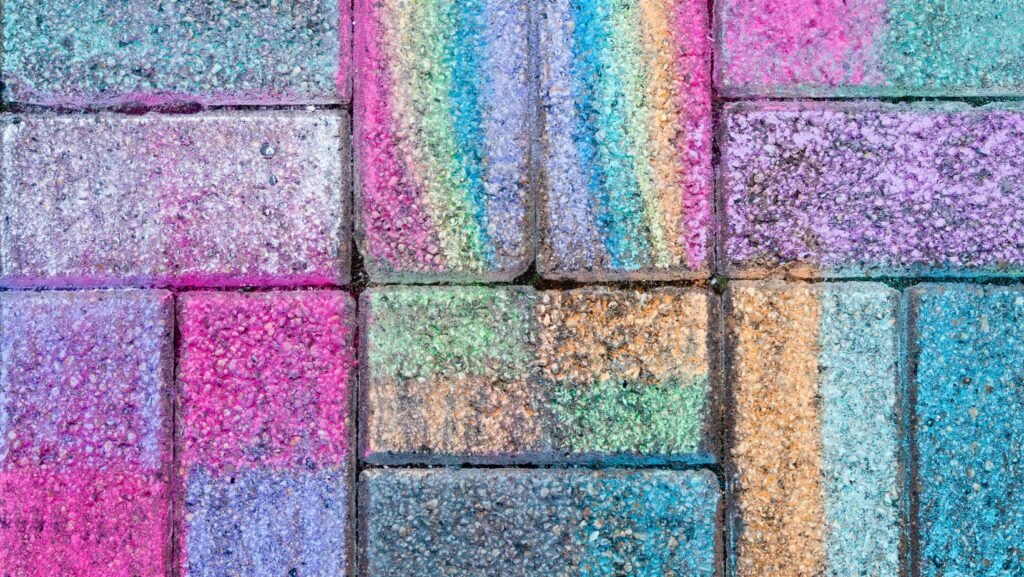Imagination takes flight when it comes to fun designs. They’re the whimsical, playful elements that bring a smile to our faces and make our surroundings more enjoyable. Whether it’s a quirky piece of furniture, a vibrant color palette, or an unconventional layout, fun designs inject a dose of joy into our daily lives.
Fun Designs

Fun designs play a significant role not only in personal spaces but in professional settings as well, deeply influencing productivity and overall morale. When workspaces incorporate enjoyably quirky features, employee engagement tends to increase. Some studies suggest a 17% rise in productivity levels following the introduction of lively design elements.
Furthermore, fun designs have proven their worth in educational environments. When schools introduce playful design elements, they notice a subsequent increase in student attentiveness. Numbers indicate a 20% boost in focus through the utilization of these designs.
Lastly, the value of fun designs extends to public spaces. Vibrant layouts and creative installations can invigorate urban landscapes, turning them into welcoming community hubs. Cities like Toronto and Melbourne, marked by their use of fun and colorful designs, exemplify this, with notable spikes in residential happiness and tourist attraction.
Overall, the importance of fun designs in shaping attitudes, boosting productivity, and fostering community spirit cannot be understated. Truly, they are transforming the conventional perception of design in all aspects of life.
Fun Designs in Different Industries

Transitioning from personal and public spaces, fun designs have infiltrated various industries, transforming traditional norms. In the fashion industry, whimsical patterns and vibrant colors have become a trendsetter, fueling creativity and consumer interest. For instance, brands like Desigual are known for their distinct playful aesthetics.
The automotive industry too has embraced this transformation. Designers now incorporate playful elements, shifting from conventional forms. Take the Mini Cooper, its compact size and vibrant range of colors reflect a fun design approach.
In the hospitality industry, establishments emphasize quirky interior designs to create unique customer experiences. The Sketch restaurant in London stands out in this regard with its elaborate fun-themed designs. Finally, tech companies, like Google, with their unconventional office spaces, infuse fun into professional environments.
Through these examples, it’s evident that fun designs continue to permeate different industries, disrupting standards and driving innovation.
Evolution of Fun Designs
 Tracing the trajectory of fun designs, they’ve significantly evolved from enhancing private spaces to becoming industry-standard approaches. The advent of whimsical elements, first in workspaces and educational sectors, fostered an upbeat environment, noted for boosting productivity and broadening community interaction. Gradually, the ripple effect was evident in disparate sectors like fashion, automotive, and hospitality.
Tracing the trajectory of fun designs, they’ve significantly evolved from enhancing private spaces to becoming industry-standard approaches. The advent of whimsical elements, first in workspaces and educational sectors, fostered an upbeat environment, noted for boosting productivity and broadening community interaction. Gradually, the ripple effect was evident in disparate sectors like fashion, automotive, and hospitality.
Desigual’s chic fashion pieces and Mini Cooper’s animated aesthetics exemplify this influence. The hospitality industry, for instance, Sketch restaurant, gained popularity for their unique and eccentric interiors. Tech giants, such as Google, adopted a similar strategy, revitalizing their office spaces with playful designs. Hence, the trajectory of fun designs represents a disruption of conventional norms and a surge in innovative thinking across sectors. Overall, the evolution defines a new norm in aesthetics, where different industries embrace the concept of fun designs.
Tips to Incorporate Fun Designs into Your Work or Home
Embracing fun designs isn’t just for trendsetters like Desigual or Mini Cooper. You too can incorporate this approach into your daily life. Whether it’s your workspace or home, infusing fun designs can stimulate positive emotions and create user-friendly experiences.
Start by identifying areas that could use a touch of creativity. It could be a boring wall, an old piece of furniture, or even a digital interface. Remember, fun designs are all about simplifying complex ideas in accessible ways. So, don’t be afraid to experiment and think outside the box.
Next, consider the psychological aspect. Fun designs should evoke pleasure and diversion. Opt for elements that make you feel good and add an element of surprise.
Finally, remember that fun designs are about fostering relationships. They should engage and invite interaction. Whether it’s a quirky piece of art or a playful app design, ensure it encourages connection and conversation. With these tips, you’re well on your way to embracing the fun design trend.

